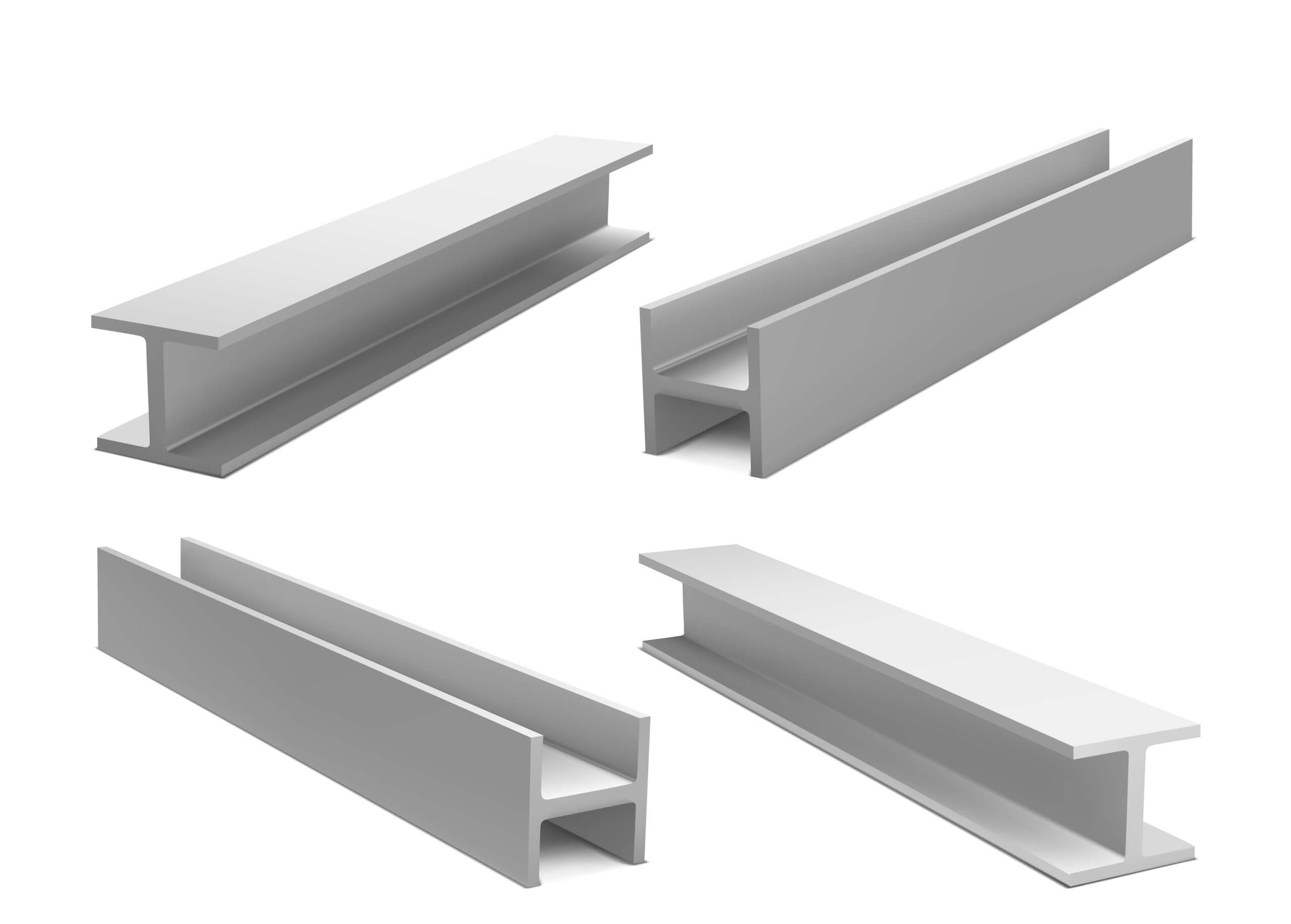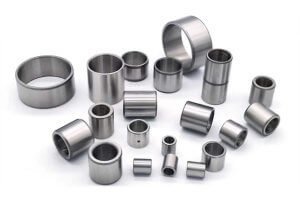Welding plays a crucial role in metal fabrication, serving as a fundamental process for joining materials in various industrial applications. The strength, durability, and quality of the final product largely depend on the type of welding joint used. Choosing the right welding joint is key to achieving high-quality welds. In this article, we’ll delve into the different types of welding joints, their applications, and best practices for improving welding results.
What Are Welding Joints?
Welding joints refer to the structural configuration of two metal surfaces that are joined together by welding. These joints are essential for ensuring that the weld can withstand various stresses and environmental conditions. According to the American Welding Society (AWS), a welding joint defines how two workpieces fit together, whether they are similar or dissimilar materials.
The choice of welding joint is influenced by several factors, including load-bearing capacity, material type, and the specific requirements of the project. Additionally, understanding various welding processes (such as arc welding, gas welding, and resistance welding) is crucial when selecting a weld joint to ensure optimal strength and durability.
Common Types of Welding Joints
Welding joints can be categorized into five main types, each with its unique uses and benefits in metal fabrication. These five types are:
- Butt Joint
- Lap Joint
- T-Joint
- Corner Joint
- Edge Joint
1. Butt Joint
The butt joint is one of the most common types of welding joints, involving aligning two workpieces on the same plane and bringing them together at an angle before welding. This joint is widely used in piping, construction, and sheet metal fabrication, with the main advantage being its simplicity and ease of execution, making it suitable for a wide range of applications.
Subtypes:
- Square Groove Butt Joint: Ideal for thinner materials (less than 1/8 inch), requiring minimal edge preparation, but not suitable for thicker materials due to limited penetration.
- Single Bevel Weld Butt Joint: This subtype offers deeper penetration and higher strength, making it ideal for thick materials and structural steel construction. However, it requires more preparation, skill, and filler material.
Applications: Butt joints are widely used in the automotive industry, such as welding metal plates for car frames.
2. Lap Joint
Lap joints involve welding two overlapping workpieces, creating a strong joint with good mechanical properties. This type of joint is particularly suitable for materials of varying thicknesses and is commonly used in sheet metal work, such as vehicle manufacturing and repairs.
Procedure:
- Thoroughly clean the workpieces.
- Secure the workpieces with tack welds to maintain alignment.
- Choose the appropriate welding technique, such as fillet, spot, bevel groove, or J-groove, based on material thickness and desired strength.
Applications: Lap joints are commonly used in the automotive industry for joining exhaust pipes, mufflers, and catalytic converters.
3. T-Joint
A Tee joint, or T-joint, is formed when two metal pieces intersect at a 90-degree angle, creating a T shape. This joint is common in industries requiring mechanical strength, such as structural steel fabrication, pipe, or tubing connections.
Techniques:
- Double Groove Weld: Ideal for thicker materials, offering deep penetration and high strength.
- Square Groove Weld: Better suited for thinner materials with minimal preparation.
- Fillet Weld: Known for its simplicity and strength, commonly used in T-joints.
Design Considerations: When designing a T-joint, consider the material thickness and load requirements. Thicker materials may require groove preparation for adequate penetration, while thinner materials can use fillet welds without extra prep.
Applications: T-joints are widely used in machinery manufacturing, especially for frames and support structures.
4. Corner Joint
A corner joint joins two workpieces at a 90-degree angle, forming an L-shape. This joint is commonly used in sheet metal frames and boxes due to its simple design and minimal preparation.
Subtypes:
- Open Corner Joint: The workpieces meet at the edges, forming a V shape that requires more weld deposit and higher travel speeds.
- Closed Corner Joint: One edge is flush against the other, providing greater mechanical strength but requiring more complex execution.
Applications: Corner joints are often used in the fabrication of metal cabinets and frames.
5. Edge Joint
Edge joints involve welding the surface edges of two parallel metal pieces, making them suitable for low-stress applications like sheet metal work, mufflers, and metal boxes. Since only the surface edges are welded, they are not suitable for high-stress or impact scenarios.
Procedure:
- Start by cleaning the metal surfaces and ensuring the edges are parallel.
- Tack weld the edges to hold them in place.
- Choose the welding technique based on the desired joint strength, such as fillet, groove, or flange welds.
Applications: Edge joints are commonly used in the assembly of containers, tanks, and similar structures.
Specialized Welding Joint Types
Fillet Welds: Fillet welds are a common technique used to join two metal pieces at a right angle, creating a triangular cross-section. They are versatile and widely used in structural steelwork, automotive frames, and shipbuilding, favored for their simplicity and minimal preparation requirements.
Square Butt Joints: These joints involve joining two materials edge-to-edge without beveling or grooving, making them ideal for thinner materials. They are commonly used in sheet metal fabrication, particularly in the automotive and aerospace industries.
Applications of Welding Joints
The choice of welding joint depends on the application of the part and other related factors. Here are some common applications of these joints in the industrial space.
Automotive Industry
In the automotive industry, welding joints are widely used during the assembly process. For example, butt joints are used for joining metal plates like car frame panels, while lap joints are used for exhaust pipes, mufflers, and catalytic converters.
Aerospace Industry
In the aerospace industry, butt joints are used for aircraft fuselage, lap joints for wing structures, and edge joints for reliability in various applications.
HVAC Systems
In HVAC systems, lap joints are used for ductwork assembly, edge joints for unit casings and enclosures, and T-joints for support brackets and frames.
Electrical Enclosures
In the manufacturing of electrical enclosures, butt joints are used for metal cabinets, while lap joints are used for assembling doors and access panels.
Metal Fabrication
In metal fabrication, butt joints are used for frames and supports, lap joints for sheet metal products, T-joints for frames, and edge joints for containers and tanks.
Industrial Equipment
In industrial equipment manufacturing, butt joints are used for high-pressure vessels and pipelines, lap joints for conveyor belts and chutes, T-joints for machinery frames, and edge joints for tanks and hoppers.
Machinery Manufacturing
In machinery manufacturing, butt joints are used for frames and supports, lap joints for covers and panels, T-joints for frames, and edge joints for tanks and reservoirs.
Tips for Improving Welding Results
Achieving high-quality welding results requires a thorough understanding of weld joints and adherence to best practices. Here are some tips to help improve your welding outcomes across various applications:
Preparation is Key
Proper preparation is the foundation of successful welding. Ensure that the metal surfaces are clean and free of contaminants, and that edges are properly aligned and prepared. For thicker materials, consider beveling the edges to ensure deeper penetration and a stronger weld.
Choose the Right Welding Process
Select the appropriate welding process based on the material type, thickness, and desired weld properties. Common welding processes include MIG welding, TIG welding, Stick welding, and Flux-Cored Arc Welding, each suited to different applications.
Select the Appropriate Filler Material
Choose the right filler material that is compatible with the base metals and meets the specific requirements of the application. The filler material should have the desired mechanical properties, such as tensile strength, ductility, and corrosion resistance.
Optimize Welding Parameters
Set and optimize the welding parameters, including current, voltage, travel speed, and shielding gas flow rate, to ensure a high-quality weld. Proper control of these parameters helps prevent defects like burn-through, lack of fusion, and spatter.
Practice Proper Technique
Good welding technique is crucial for achieving consistent results. Maintain a steady hand, appropriate torch angle, and proper arc length. Use the recommended weaving pattern for the specific joint and position to ensure complete coverage and fusion.
Monitor and Control Heat Input
Controlling heat input is essential to prevent distortion, cracking, and other defects. Preheat the metal if necessary, and monitor the interpass temperature when welding multiple passes.
Inspect and Test Welds
Regular inspection and testing of welds allow you to detect defects early and ensure weld integrity. Common inspection techniques include visual inspection, non-destructive testing (NDT), and destructive testing.
Conclusion
Understanding the different types of welding joints and the factors influencing their quality is essential for producing durable and reliable welds in various industrial applications. By following best practices and selecting the appropriate weld joint and process, welders can ensure strong, effective, and safe welds.
Whether you are working on automotive frames, structural steel, or sheet metal fabrication, the right welding joint can significantly enhance the strength and durability of your final product.
Other Articles You Might Enjoy
- Understanding Laser Welding: An In-Depth Guide
Introduction In the realm of modern manufacturing and fabrication, laser welding stands out as a sophisticated and highly precise technique. This article delves into the essence of laser welding, exploring…
- 16 Common Types of Welding Defects, Causes, Remedies
Understanding Welding Defects and Their Significance Welding defects are irregularities that occur in welded joints which can compromise the structural integrity of a fabricating project. These imperfections can range from…
- Integrating CNC Machining and Welding: A Guide to Preparatory Requirements
Introduction In the realm of manufacturing, the integration of CNC machining and welding marks a confluence of precision and durability. This synergy, though promising, demands meticulous preparation to bridge the…
- Types of Rivets: A Comprehensive Guide
Introduction: The Critical Role of Rivets in Multiple Industries Rivets are permanent mechanical fasteners that are critical in the assembly of everything from simple structures to complex machinery across numerous…
- Hastelloy vs. Stainless Steel in Chemical Processing Equipment: CNC Machining Perspectives?
Hastelloy vs. Stainless Steel in Chemical Processing Equipment: An Introduction In the realm of chemical processing equipment, two commonly used materials include Hastelloy and stainless steel. Hastelloy, a reputed superalloy…
- Mastering Rivets and Tack Welding in CNC Machining( spot welding Marsh)
Computer numeric control (CNC) machining represents an exciting world of precision, consistency, and robust capabilities that have reshaped countless industries. Two operations playing highly significant roles within this domain are…









